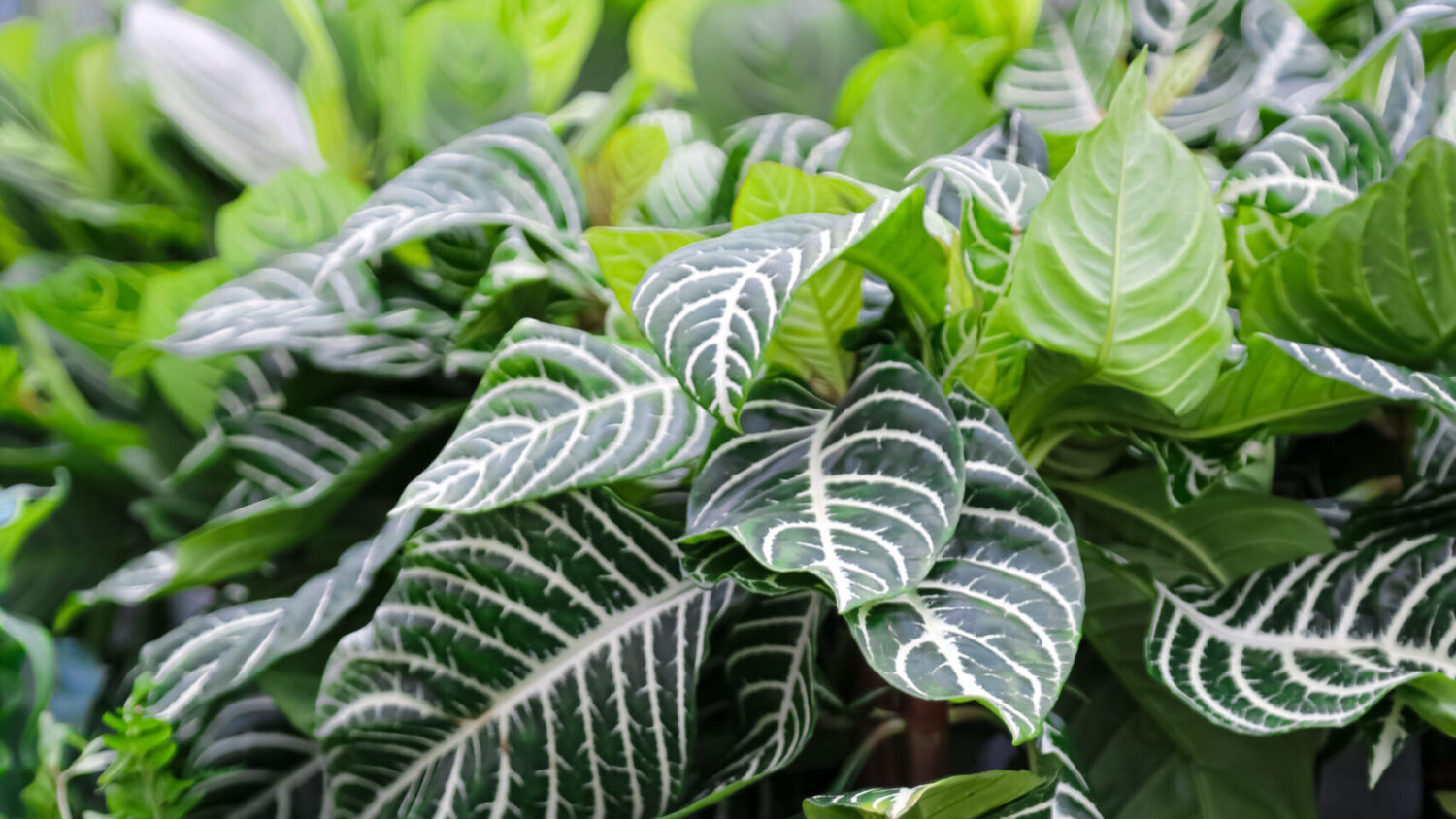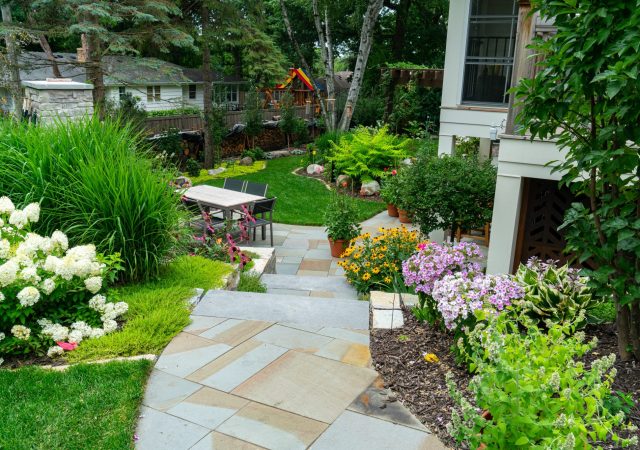Sooner or later, all houseplants need to be repotted. Early spring is an ideal time to do this, as the increasing sunlight helps plants adjust to their new pots and encourages fresh growth. Repotting allows houseplant roots to spread out, improving nutrient uptake and preventing them from becoming pot-bound—a condition where tangled roots limit growth and water absorption. At Sunnyside Gardens, we have everything you need to repot your plants. You can even bring them in-store to be repotted by one of our experts!
How Often Should You Repot Houseplants?
Most houseplants benefit from repotting once per year. However, larger plants like Ficus or slower-growing varieties can go two years between repottings. Signs that it’s time to repot include:
- Roots emerging on the surface of the soil
- Roots growing out of the pot’s drainage hole
- Stunted or slowed plant growth
- Water draining too quickly due to compacted roots
To check if your houseplant is pot-bound, gently remove it from its pot and inspect the roots. If they are circling the bottom or appear densely packed, it’s time to give your plant more space!
Step-by-Step Guide to Repotting Houseplants
1. Choose the Right Pot
Select a pot that is 1-2 inches larger in diameter and depth than the current one. Avoid going too big—excess space can slow top growth as the plant focuses on root expansion.
2. Remove the Plant
Carefully slide your houseplant out of its old pot. If it’s stuck, gently loosen the edges with a knife or trowel. For heavily tangled roots, untangle or trim the longest ones—this won’t harm the plant but will promote new root growth.
3. Refresh the Soil
Fill the new pot about one-third full with a high-quality potting mix, such as Miracle-Gro or an organic blend designed for houseplants.
4. Repot and Water
Place your houseplant in the center of the pot and add soil around the edges, pressing lightly to remove air pockets. Water thoroughly until excess drains out—this helps settle the soil. If the soil level sinks, simply add more.
Final Step: Watch Your Houseplants Thrive!
Once repotted, return your houseplant to its favorite spot and resume regular watering and care. Within weeks, you’ll notice fresh growth and healthier, more vibrant foliage.
By repotting your houseplants regularly, you ensure they continue to thrive and bring beauty (and cleaner air!) to your home.
Follow us on Social Media and Subscribe to our Newsletters for even more plant tips!




